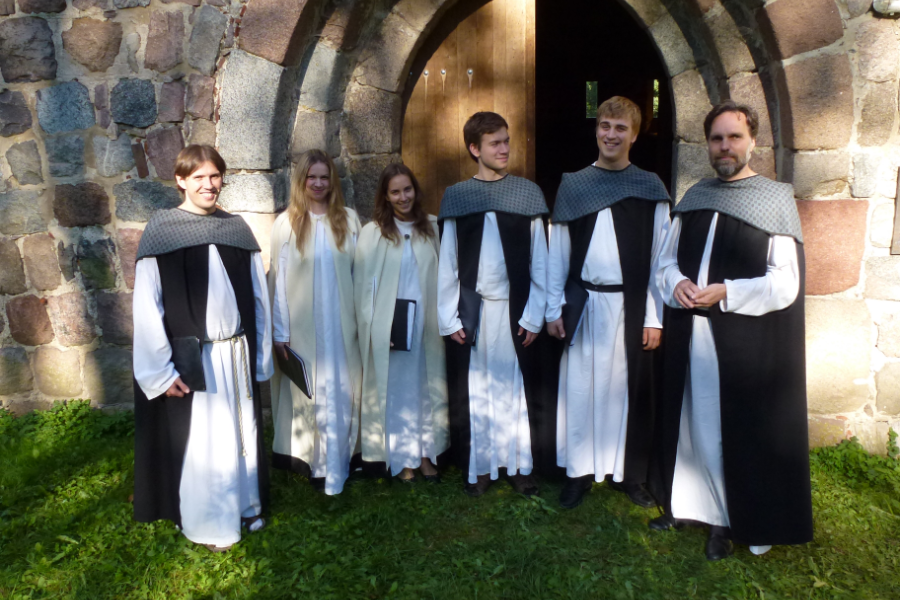A real miracle of the end of the last century was the discovery in the archives of folk song records, a testimony to the original culture of Estonian religious singing. Cyrillus Kreek, one of the most important collectors of them, described them as ‘spinning and drawing’. They used texts from a Protestant canticle, making the melodies so ornate that sometimes they became impossible to recognize.
The origins of the religious traditions of folk songs are still unclear, but enough evidence has been found to suppose that there was a spiritual connection with the Moravian Brethren movement in the 18th century that sparked a massive wave of piety among the rural population. The second source was most likely the population of Swedish settlers living in the Estonian islands and coastal areas, whose strong cultural identity has certainly made an impact on the way their neighbors perceive the world. In fact, it can be argued that the melismatic character of a religious folk song derives directly from Scandinavian music, as runic songs (regilaul), ancient songs of Finno-Ugric origin, belong to a different cultural context.
About five hundred religious folk songs in different versions have been collected in Estonia. The older ones indicate monodic thinking, while the newer ones increase the role of harmony. Most likely, they were sung at home, which explains the richness of ornamentation, but also during services and religious congregations. It is worth mentioning the revival of archaic runic songs (songs in the poetic metre regivärss), created exclusively by Estonians and other Finno-Ugric peoples, whose oral tradition, according to scholars, has survived for thousands of years. Thanks to the Estonian national awakening in the second half of the 19th century, these songs were collected and now constitute one of the largest collections of folklore in the world. The rich, colourful and imaginative texts of these songs are a perfect complement to the modest knowledge we have about the oldest Estonian history.

